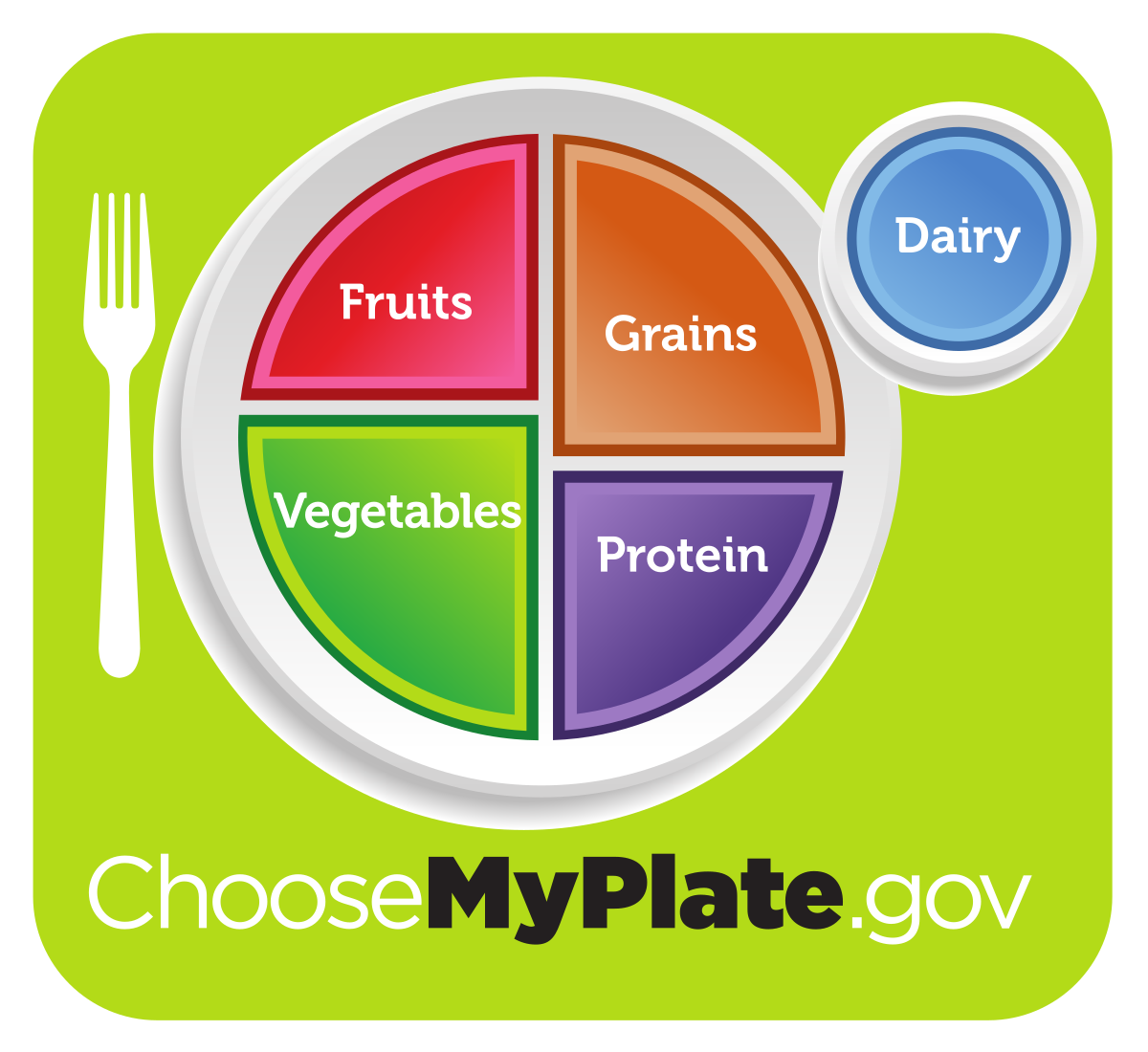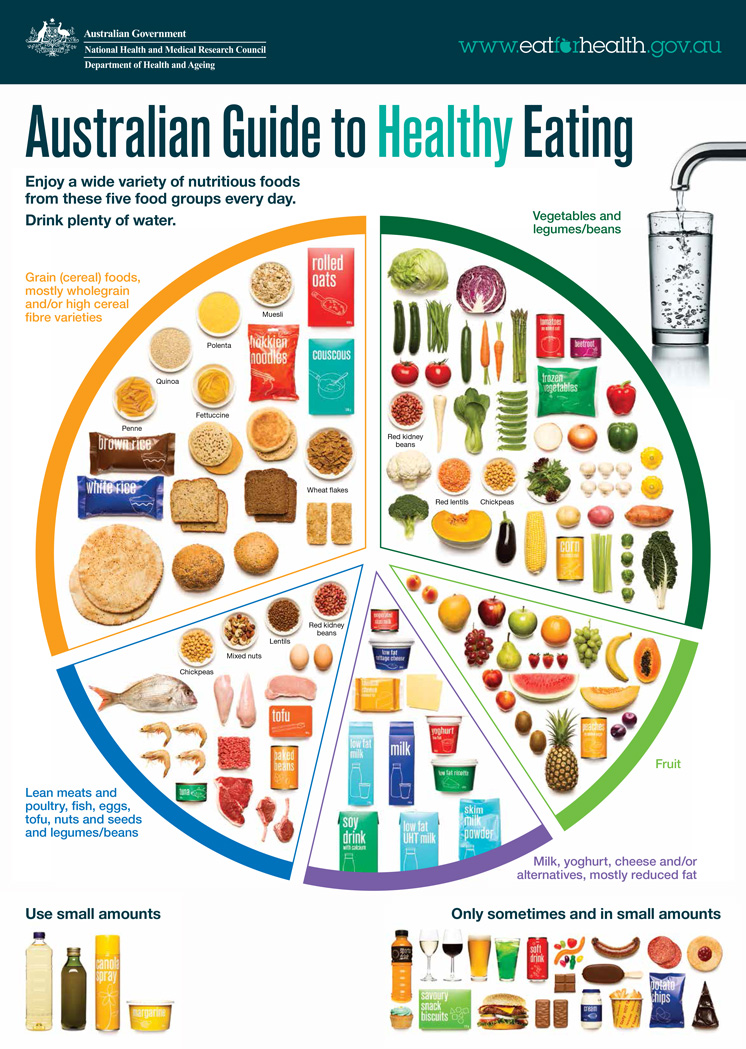Share This
There have been several recent studies looking at the health economics of increasing whole grain consumption and the results present a compelling argument for governments and policy makers to begin more serious and active efforts to boost whole grain intake. We’ve known for a long time that eating more whole grain is linked to better health. Whole grain intake reduces the risk of heart disease, type 2 diabetes, stroke, obesity, and certain cancers (colorectal cancer and breast cancer, in particular). However, research is beginning to reveal just how much of an economic impact these reduced risks of disease (and their associated reduction in healthcare costs) could have when applied to a national population.
Last year, we shared the results of a 2020 study that looked at the cardiovascular healthcare cost savings associated with increased whole grain consumption in the US. In that study, they found that if intake was increased to meet recommended levels (an increase of 2.24 ounce-equivalents of whole grain per day), the estimated direct medical cost savings from reduced risk of cardiovascular disease could be about $21.9 billion annually. An additional $14 billion could be saved by the reduction of incidents of coronary heart disease. Notably, the study found that even very modest increases (of just 0.25 ounce-equivalents of whole grain per day) could result in substantial savings.
Since then, two Australian studies using a similar methodology have been published. The first looked at estimated healthcare cost savings associated with reduced risk of cardiovascular disease and type 2 diabetes, finding that Australia could save $717.4 million AUD and $750.7 million AUD on these two diseases respectively as a result of increasing whole grain intake to meet recommended levels. The researchers created an animated video highlighting some of their results.
The second Australian study examined the effects of reducing the rates of cancer through increased whole grain consumption. Researchers found a potential cost savings of $405.1 million AUD in reduced rates of cancer overall, and $37.2 million AUD in reduced rates of colorectal cancer in particular.
A fourth study, looking at the health economics of whole grains and type 2 diabetes in Finland is expected to be published soon.
The results of these studies offer a compelling argument for the importance of strong whole grain dietary guidance and policy and could be used by policy makers to compare and contrast the relative returns on investment for public health initiatives targeting different chronic diseases. And the takeaway for consumers and nutrition educators is that there is so much health to be gained at the individual level by making even small steps toward increased consumption. Dr. Sara Grafenauer, one of the authors of the Australian studies, notes, “A simple swap to a whole grain option could have a powerful impact on individual health, as well as the economy.”
If you’re interested in learning more about many of the ongoing efforts to increase whole grain consumption globally, tune in to the Whole Grain Initiative’s International Whole Grain Day Webinar on November 16, 9:30-11am ET. The Whole Grains Council will also be celebrating that day by hosting a webinar at 1pm ET, generously sponsored by the General Mills Bell Institute, which will take a deeper dive into The Economics of Whole Grain and Public Health. (Caroline)




Comments
Add a Comment